The Beliefs Model
Our beliefs about ourselves, about other people, and the situation we are dealing with can have a profound effect on our ability to handle things successfully. Beliefs effect how we think and feel about a situation. This in turn affects our frame of mind, which affects our behaviour and our ability to perform effectively.
There are two sorts of beliefs, those that can stop you and those that can help you. If we believe that we, or they, can’t, or the situation can’t change, then those beliefs are likely to prevent us from handling things successfully. These are called Limiting Beliefs. On the other hand, there are those beliefs that can enable us to achieve extraordinary things- these are called Empowering beliefs. Henry Ford summed it up nicely when he said:
Whether you believe you can, or you believe you can’t, you’re probably right
The key thing is to pay attention to your beliefs about yourself, about others, about situations, and consider – are your beliefs limiting or helpful?
You can create your own empowering set of beliefs in order to support the way you really want to be and work toward removing redundant or sometimes even destructive belief systems.
The Beliefs model explores limiting beliefs and preconceptions with a focus on identifying different approaches and opportunities to create a new positive outcome.

Stimulus: A simple statement to state the belief
Current Limiting belief: How is this belief limiting? What beliefs or assumptions do you hold? What function does this belief serve? Is this belief useful in on any way or level?
Action/Emotion/Response: How could you act differently? How is it different? How is that causing a different response? How are you handling it differently?
Result: What outcomes could you now expect? Do you need to add to/change it to make it even better?
By identifying different approaches and opportunities consider…
New Positive Belief: What are the opportunities? How could this new belief be useful? What function could the belief serve?
Action/Emotion/Response: How does this belief affect your current approach to situations?
Result: What outcomes do you expect?”
Want to learn more about the Beliefs Model?
Click on the videos below:


